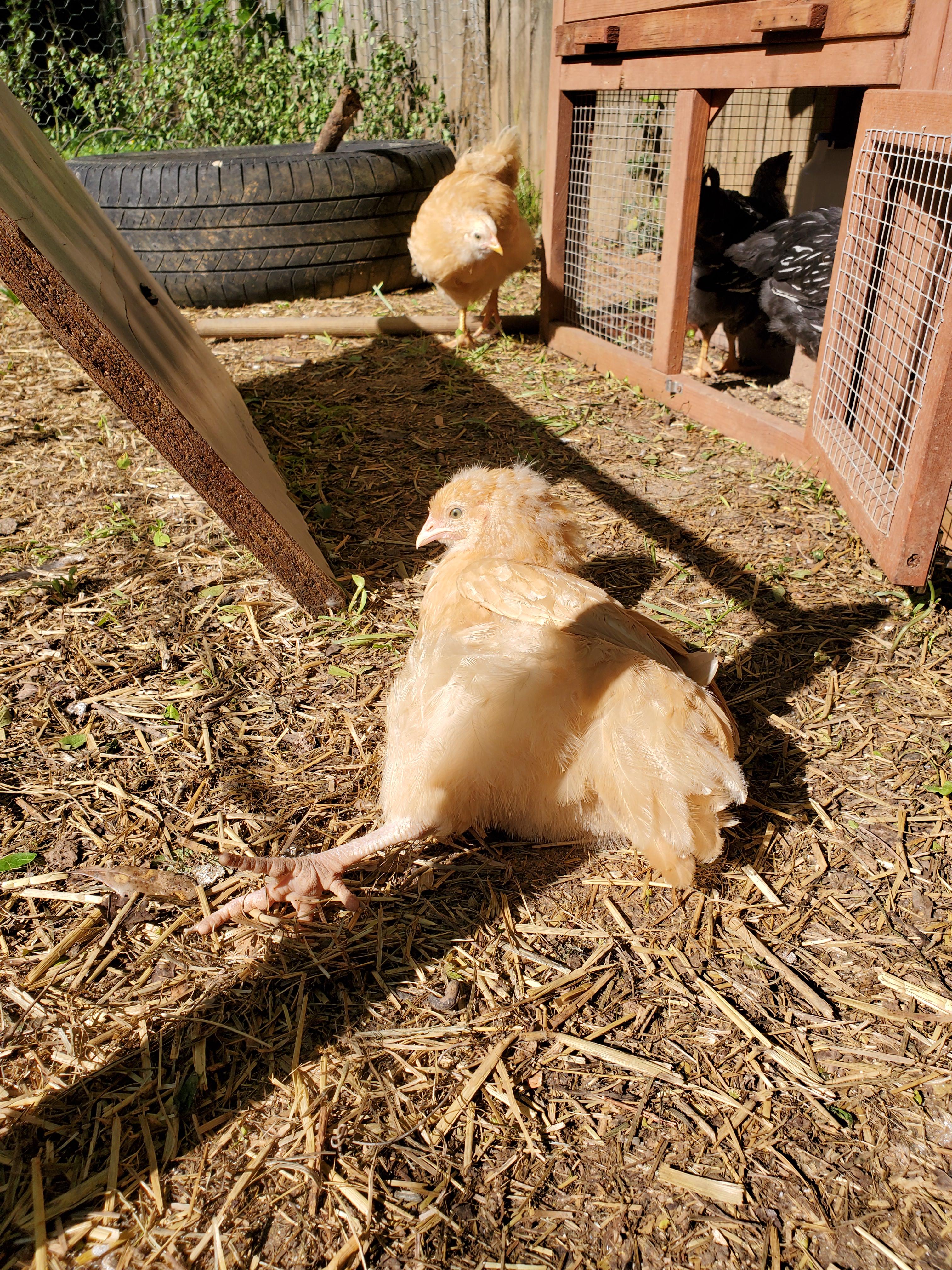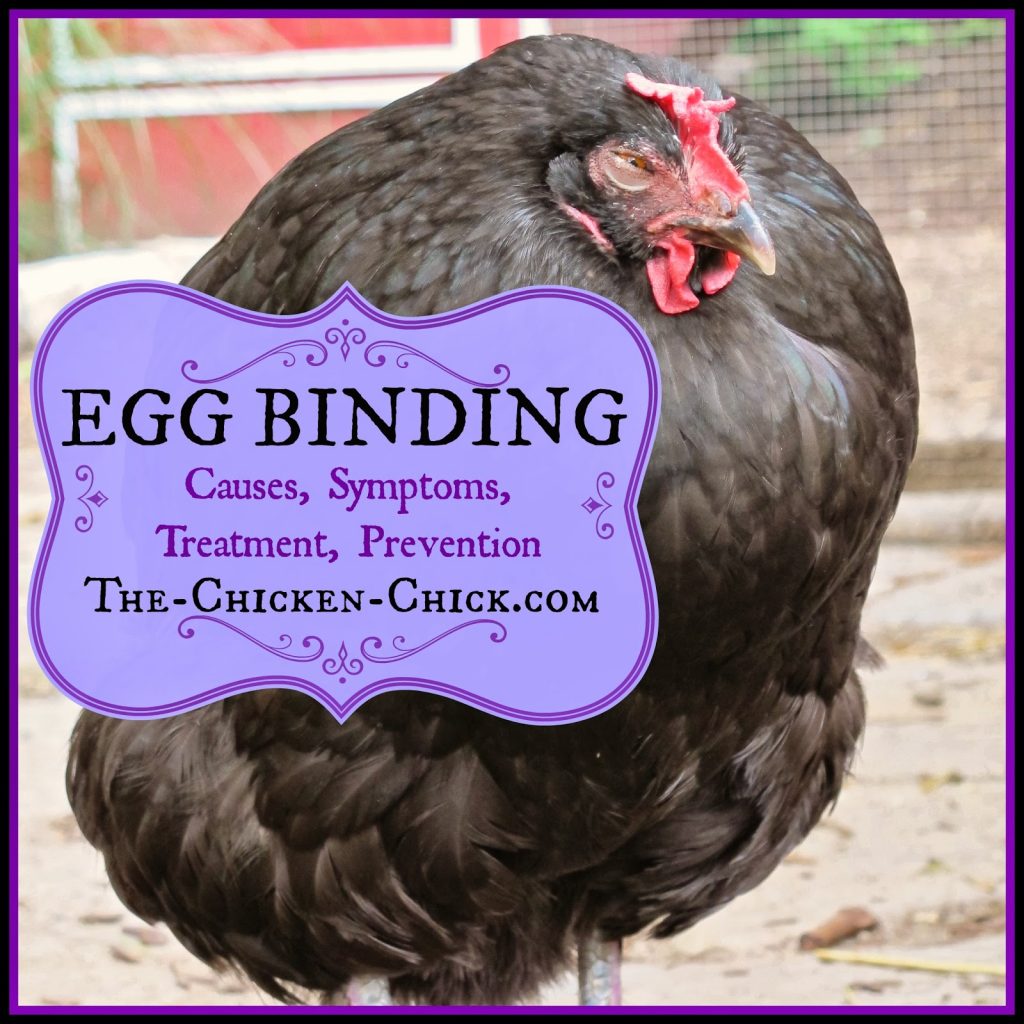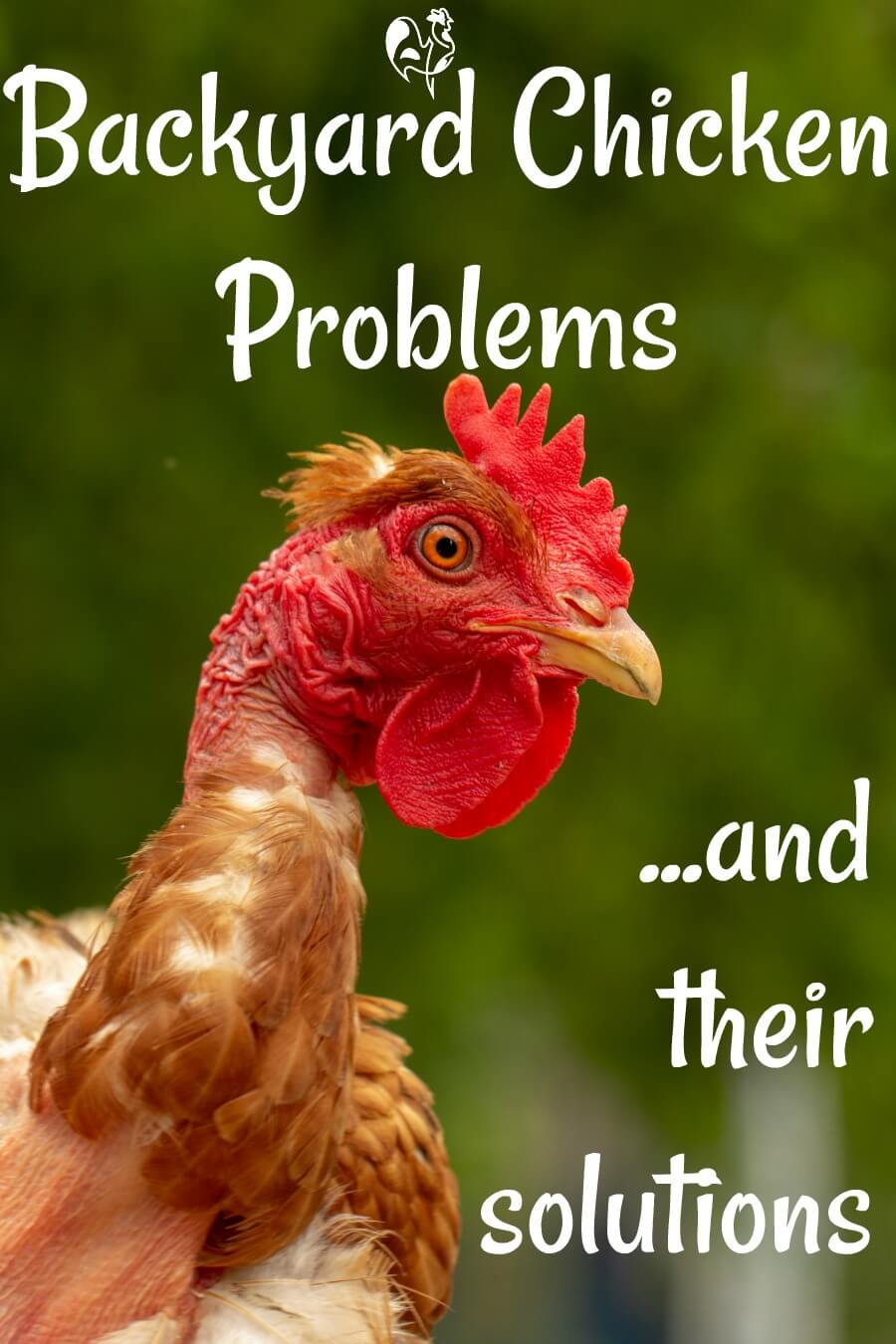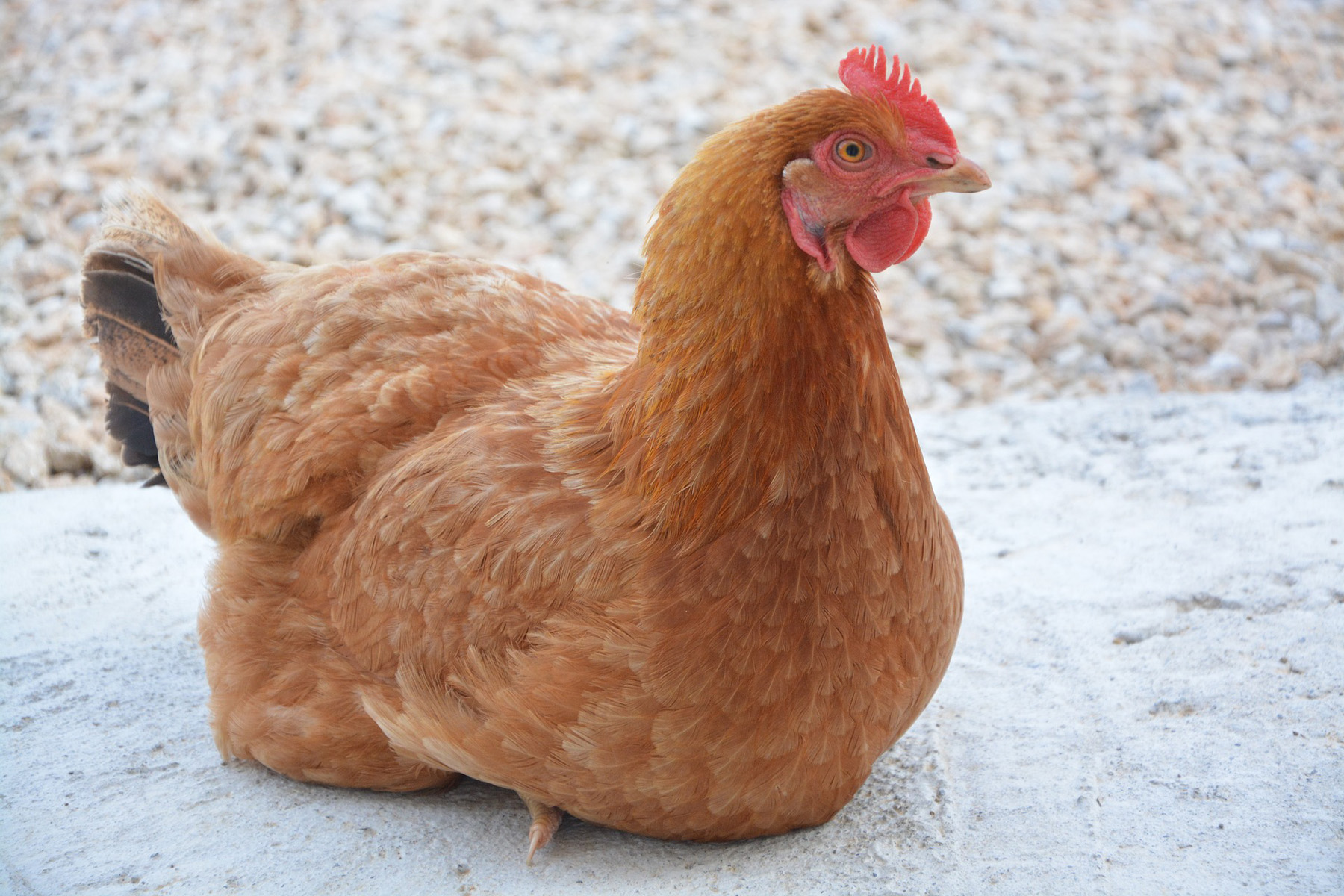If you have a chicken that is laying on its side, it is important to recognize the warning signs and take appropriate action. In some cases, a chicken laying on its side can indicate a serious health issue, so it is important to diagnose the problem and treat it as soon as possible. This article will provide tips on how to recognize and treat a chicken that is laying on its side, as well as general husbandry advice for healthy chickens.
What Does It Mean When a Chicken Is Laying on Its Side?

When a chicken is lying on its side, it can mean a few different things. It could be a sign of illness, a sign of distress, or simply a sign of exhaustion. If a chicken is lying on its side for an extended period of time, it could indicate an underlying health issue. If the chicken is lying on its side and panting heavily, or showing other signs of distress, it could be a sign of heat stress or discomfort. Finally, if a chicken is lying on its side and appears to be sleeping, it could simply mean that the chicken is tired and needs to rest.
No matter what the reason is, it is important to pay attention to a chicken that is lying on its side. If the chicken is panting, has a patchy or ruffled feathers, is lethargic, or appears to be in distress, it is important to take the chicken to a veterinarian to get checked out. If the chicken is sleeping, it may just need a break and some more food and water.
In any case, it is important to keep an eye on a chicken laying down on its side and to take the necessary steps to ensure their health and well-being.
Causes of a Chicken Laying on Its Side

Stress
Stress can be a factor if a chicken is left in an environment that causes it to be scared or overwhelmed. It is important to make sure the chicken has a safe space that allows it to feel comfortable and secure.
Injury
Injury is a possible cause of a chicken laying on its side. Injury can be caused by physical trauma, such as being attacked by a predator, or by disease, such as Marek’s disease. In either case, it is important to keep a watchful eye on the chicken in order to prevent further injury.
Egg Binding
Egg binding is a condition in which a chicken is unable to lay an egg due to a physical blockage. This can cause a chicken to lay on its side in an attempt to relieve the pressure of the egg. If a chicken is egg bound, it is important to seek veterinary care as soon as possible.
Fatigue
Fatigue can be a factor for a chicken laying on its side. Chickens require adequate rest and should be given the opportunity to take frequent naps. If a chicken is consistently exhausted, it may be an indication of an underlying health problem.
Disease
Disease can be a cause of a chicken laying on its side. Common diseases that can affect chickens include coccidiosis, Marek’s disease, and avian influenza. If a chicken is suspected to have a disease, it is important to seek veterinary care as soon as possible.
Recognizing and Diagnosing the Cause

- Check the bird’s physical condition: Check your chicken’s feathers and skin, feel their body for any lumps or bumps, and check for any external parasites.
- Check the chicken’s environment: Are there any toxins, predators, or other stresses that could be causing the chicken to lay on its side?
- Observe the bird’s behavior: Is the chicken laying on its side more often than usual? Does it seem lethargic or distressed?
- Examine the bird’s droppings: Are the droppings normal in color and consistency? Is the chicken producing fewer droppings than usual?
- Test the bird for possible illnesses: If you suspect your chicken may be ill, consult a veterinarian for a diagnosis. Common illnesses that can cause a chicken to lay on its side are coccidiosis, gapeworms, and Marek’s disease.
Once you have determined the cause of the chicken laying on its side, you can begin to treat it accordingly.
Treating the Cause

Stress Reduction
Chickens, like all animals, can be affected by stress. Chickens that are stressed may lay on their side due to the hormones released in their body. The best way to reduce stress in chickens is to ensure they have a safe, comfortable environment. This includes providing adequate shelter, food, water, and space. Additionally, it is important to keep an eye out for any potential predators or other sources of stress.
Injury/Illness Treatment
Sometimes chickens may lay on their side due to an injury or illness. If you suspect your chicken is laying on its side due to an injury or illness, it is important to take the chicken to a veterinarian for treatment. Common illnesses that can cause chickens to lay on their side include respiratory infections, mites, and parasites.
Egg Binding Treatment
Egg binding can be a serious issue for chickens, and can cause them to lay on their side. Egg binding occurs when a chicken is unable to pass an egg due to a lack of calcium or other issues. If you suspect that your chicken is egg bound, it is important to take the chicken to a veterinarian for treatment.
Fatigue Treatment
Chickens, like all animals, can become fatigued if they are overworked or do not get enough rest. If a chicken is excessively tired, it may lay on its side due to sheer exhaustion. To prevent this, it is important to provide chickens with plenty of rest and a balanced diet. Additionally, it is important to ensure that chickens are not overworked or stressed.
The key to preventing chickens from laying on their side is to identify and address the underlying cause. By understanding why do chickens lay on their side, you can take the necessary steps to ensure that your chickens are healthy and happy.
Preventing Chickens From Laying on Their Side
Prevention is key to avoiding a chicken laying on its side. The following tips can help to prevent chickens from this uncomfortable and potentially dangerous posture:
- Ensure the Coop is Comfortable: Keep the coop comfortable and clean for the chickens. Make sure the temperature is consistent, the bedding is dry, and there is plenty of ventilation.
- Provide a Variety of Nesting Boxes: Provide several nesting boxes, so the chickens can choose the one they like the best. This will help to keep them comfortable while laying their eggs.
- Keep the Coop Dry: Make sure the coop is free of moisture, as dampness can lead to the chickens becoming uncomfortable and attempting to lay on their side.
- Provide Nutritious Feed: Make sure the chickens are getting adequate nutrition. A balanced diet of pellets, grains, and other nutritious foods can help to keep them healthy.
- Provide Adequate Space: Chickens need plenty of space to move around and get comfortable. Make sure the coop is large enough to accommodate all of the chickens and that there is enough room for them to move around without feeling cramped.
By following these tips, chicken owners can help to prevent their chickens from laying on their side. This will help to keep the chickens healthy and comfortable, while also ensuring that they are able to lay eggs in a safe and comfortable environment.
Frequently Asked Questions
What are the Signs that a Chicken is Laying on Its Side?
When a chicken is laying on its side, it will usually be in a somewhat unnatural position. The bird may be facing upwards, lying flat, or propped up on one side. It may also be breathing heavily or panting. The feathers may be ruffled and the feet, wings, and head will be tucked in. The bird may also be unable to move or stand. In some cases, the bird may have an overall droopy appearance, with its neck and head extended and its wings held out in an awkward position. If the bird is lethargic, unresponsive, or has an unusual odor, it is likely in distress and should be examined by a vet.
What can I do to help a Chicken that is Laying on its Side?
Check for signs of illness: Inspect the chicken for any signs of illness such as discharge from the eyes or nose, swollen joints, or difficulty breathing. If any of these signs are present, take the chicken to a veterinarian for diagnosis and treatment.
Check for external parasites: Inspect the chicken for external parasites such as mites and lice. If parasites are present, treat them with an appropriate anti-parasite product.
Provide a comfortable environment: Make sure the chicken has a comfortable place to rest, with plenty of bedding such as straw or hay. Provide plenty of fresh water and food.
Monitor the chicken: Monitor the chicken for any changes in behavior or physical condition. If the chicken does not improve, take it to a veterinarian for diagnosis and treatment.
How often should I check on my chickens?
- Daily: Check the overall health of your chickens each day. Make sure they are all active and eating, check for any signs of illness, and check for any physical injuries.
- Weekly: Inspect your coop for cleanliness, watch for pests, and check for any signs of parasites.
- Monthly: Check the condition of your chickens’ feathers and toenails.
- Yearly: Have a vet check your chickens for any signs of illness or parasites.
What are some common causes of a chicken laying on its side?
- Egg Binding: This occurs when an egg is stuck in the oviduct, causing the chicken to be unable to lay it. This can cause the chicken to lay on its side in discomfort.
- Infections: Bacterial and viral infections can cause the chicken to lay on its side due to inflammation and pain.
- Mites: Mites and other parasites can cause discomfort and irritation that may lead to a chicken laying on its side.
- Nutritional Deficiencies: Vitamin and mineral deficiencies can cause a chicken to be weak and unable to stand, resulting in it laying on its side.
- Broken Bones: A broken bone or other injury can cause a chicken to lay on its side due to the pain it causes.
What should I do if my chicken is not responding to treatment?
Check for signs of infection: If your chicken is not responding to treatment, it is important to check for signs of infection. Common signs of infection include discharge from the eyes, nose, or vent, swollen joints, difficulty breathing, and lethargy. If you notice any of these signs, you should contact your veterinarian for advice.
Check for other possible causes: There may be other possible causes for your chicken not responding to treatment, such as poor nutrition, dehydration, or extreme temperatures. Check to make sure your chicken is being fed a balanced diet and has access to plenty of fresh water. Make sure the temperature and ventilation are suitable for your chickens.
Consult a veterinary specialist: If your chicken is not responding to treatment, you may need to consult a veterinary specialist. A specialist can provide more specific advice and treatment options, and may be able to identify underlying illnesses or conditions that could be contributing to your chicken’s illness.
Monitor your chicken: Even if your chicken is not responding to treatment, it is important to monitor them and observe any changes in their behavior or condition. Keep a close eye on their eating, drinking, and activity, and report any unusual changes to your veterinarian.
Consider euthanasia: As a last resort, you may need to consider euthanasia if your chicken is not responding to treatment and their quality of life is poor. Euthanasia should only be considered after consulting with your veterinarian and considering other options.
Conclusion
It is important to monitor chickens closely and recognize early warning signs of illness or injury. If a chicken is found laying on its side, it is important to take immediate action to help the bird recover. Treating a chicken that is laying on its side involves providing a warm, clean, and comfortable environment, as well as addressing the underlying cause of the condition. With proper care, a chicken can be nursed back to health.
